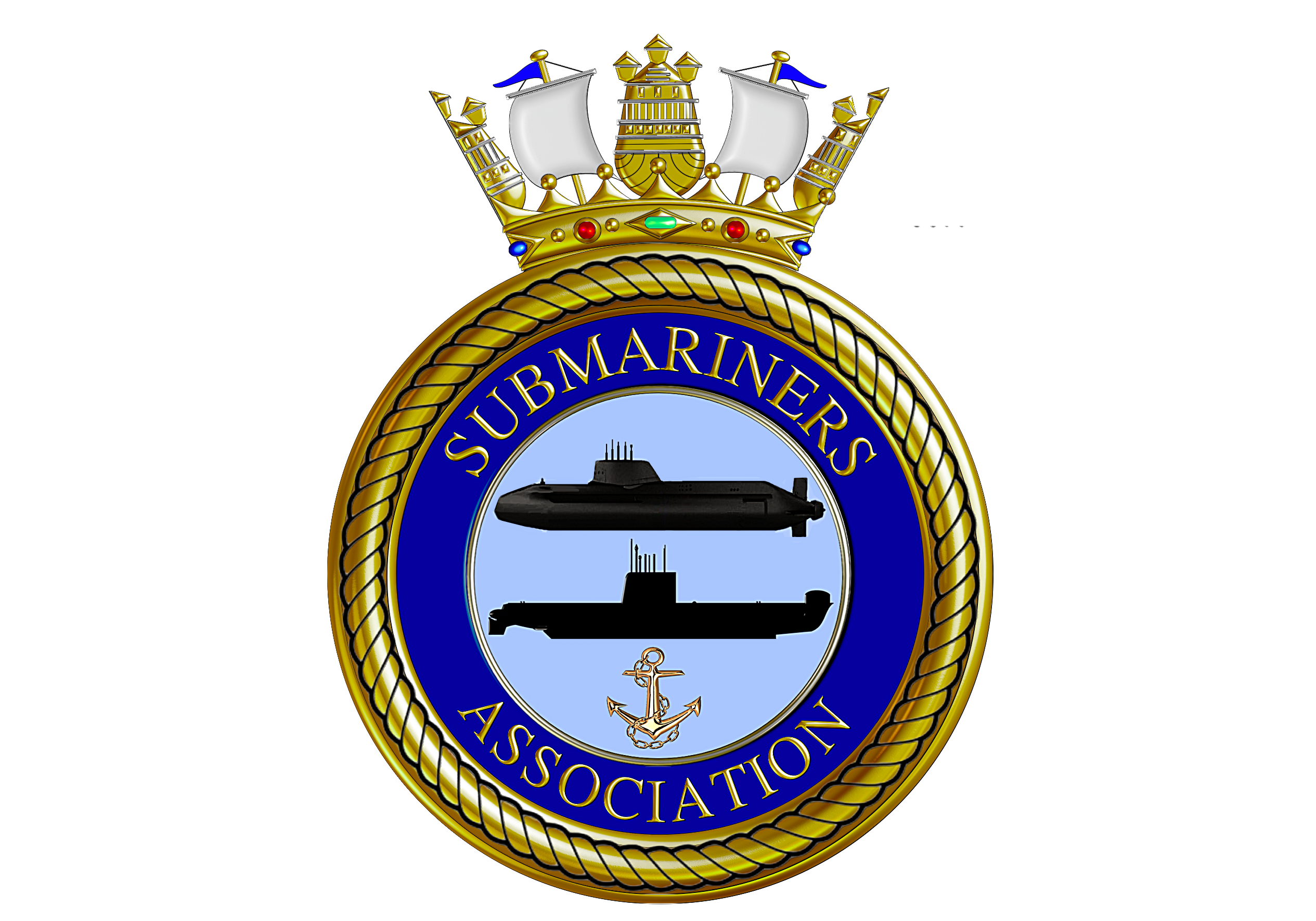SUBMARINES AND WHAT THEY DO
We are so used today to being able to contact our loved ones wherever they are, whatever they are doing and at an instant’s notice that we can be worried or upset when their phone goes to voicemail. Submariners though go to sea for weeks and months at a time and can be unable to communicate for all that time. This silence was stressful before the internet and mobile phones were dreamt of but it is much more so now.
For those new to the submarine world this bit of our website explains how the boats, that’s what we call them, operate. Reading this will make the separation a little bit easier.
Boats do three thing – they do maintenance, they do trials and training (that means testing all the kit and the people) and they do deployments.
Maintenance
There is no doubt about it – submarines are complicated and every piece of equipment onboard needs to be regularly checked, oiled, greased, cleaned, inspected, flushed out, filled up, taken apart and put back together and then tested. Doing this makes sure we are safe when we go to sea, though even then things break and we occasionally have to come back home to fix them.
The good news about maintenance is that it happens alongside – it can be for several years if the boat is in refit or for months, weeks or sometimes just days at other times. Even during maintenance though your submariner will have to spend whole days at a time onboard keeping the boat safe (on duty) and not always able to use their phone either because there is no signal inside the boat or for security reasons.
You will hear security reasons a lot as pretty much everything we do is sensitive. To keep your submariner safe we need to keep details of the boats, the equipment and our operations secret – simples!
Deployment
Boats do all sort of things all over the world, we go to the North Pole and to the Southern Seas, we may be on the other side of the world or just off Scotland.
For the trident missile carrying Vanguard class boats (you may hear them called SSBNs or bombers) their job is remain on patrol undetected for several months at a time. They are the nation’s last line of defence – the nuclear deterrent. For over 50 years a deterrent submarine has been continuously on patrol and breaking that continuous patrol would be a decision only taken by the Prime Minister.
The Astute and Trafalgar class boats (called SSNs or attack submarines or even hunter killer boats) have a number of roles. They may be carrying out exercises with allied navies, they may be taking part in coalition operations with their Tomahawk Cruise Missiles or gathering intelligence of the operations and capabilities of the armed forces of nations assessed by our government to be a potential threat. Whilst the bombers are likely to be in the North Atlantic the attack boats range far and wide and their deployments may be made up of a number of different types of operation. Sometimes there is even the opportunity for break during the deployment and for families to visit. Were there to be a crisis back home then the submariner might be able to be landed depending on the particular operation the boat was conducting at that time.
Where are they?
In a bomber very few people onboard actually know where they are and those ashore in uniform or out of it never know. Even the Headquarters only knows the very large area of ocean in which the boat should be. Keeping this secret is the best way of assuring the safety of the boat and all onboard and of the boat being able to remain a credible deterrent.
In the attack boats people mostly know where they are and might even be able to tell you roughly where they think the deployment might be. However, life in an attack boat is never dull and all too often programmes change in response to events thousands of miles away from the boat. So you might think they are off to the North Pole before getting a phone call from a port in Sicily with a request for a pair of shorts to be sent out by post. Very few deployments ever go entirely as expected in the planning.
Read on to find out more about deployments, how to prepare for them, how to survive them and how to handle the homecoming.




